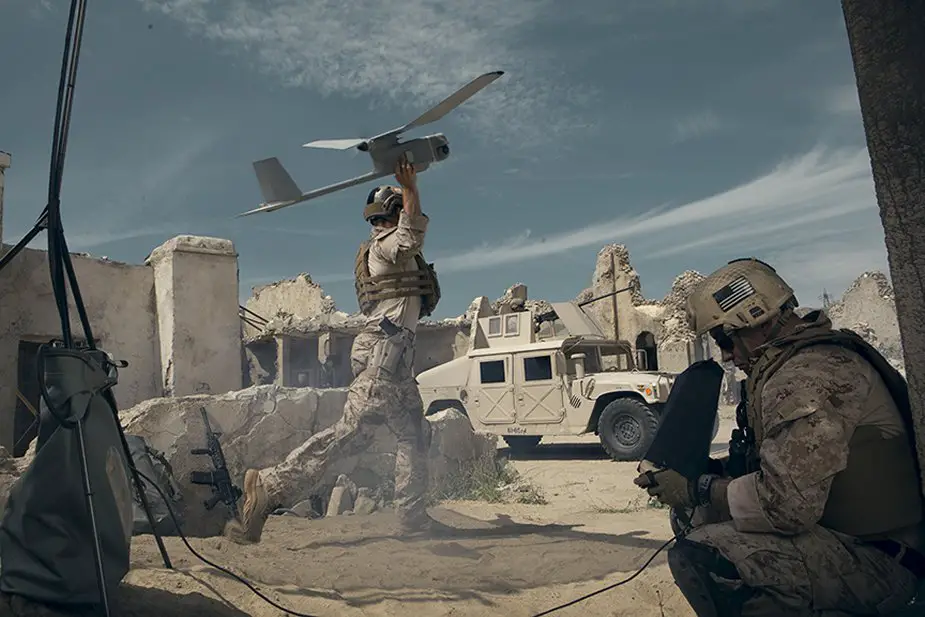Breaking news
US Army wants units to launch and recover UAVs in motion.
U.S. Army robotics officials got their first look August 30, 2018, at an innovative new technology for launching and recovering unmanned aerial systems (UAS) from a moving combat vehicle. "Think of a drive-through Venus flytrap," Don Sando, deputy to the commanding general of the Army Maneuver Center of Excellence at Fort Benning, Georgia, told defense reporters August 30, 2018, following a robotics and autonomous systems industry day.

The U.S. Army wants units that could both launch and recover UAVs from vehicles in motion (Picture source: Aerovironment)
Hosted by the Capabilities and Integration Directorate, the event drew 200 participants representing 100 defense industry firms. "Ten percent of them were first-time participants with the Department of Defense and Department of the Army as we look at expanding our collaboration beyond traditional big defense companies to some of the smaller companies that may have some creativity and innovation that we are just not aware of yet," Sando said.
One of the small firms that stood out was Target Arm LLC, which is developing the Talon UAS launch and recovery system. Talon is a very "simple design, applicable to any vehicle, wheeled or tracked. That's very innovative in my judgment," said Sando, who was impressed with a YouTube video he saw Aug. 30, 2018. "I was like, 'Hey, that is simple, yet elegant,' " he said. "The ability to launch and recover aircraft from a moving platform really helps our ground formations on a battlefield, where we know they have to move quickly. Anytime you stop, you become a target."
While there were no demonstrations at the event, many of the companies brought white papers to showcase new technologies that might meet the needs of the service's new Robotics and Autonomous Systems (RAS) Initial Capabilities Document, said Col. Thomas Nelson, director of Robotics Requirements at Benning. The document was approved at Army level in July 2018 and "essentially approved by the Joint Staff in August 2018," Sando said, adding that it will help the service focus its goals for how new RAS technology will communicate with soldiers and other Army systems.
Many of the industry day attendees will take part in experiments scheduled for November and December 2018 in the United Kingdom, said Lt. Col. Nick Serle, commanding officer of the U.K. Infantry Trials and Development Unit. "That really ties into the great partnership that we have between [Benning's] Maneuver Battle Lab over here and the work that we do back in the U.K.," he said. "We will be learning together."
For now, there isn't an Army requirement for the Talon system, but the technology could be submitted to the Robotic Enhancement Program (REP), Nelson said, adding that the company could submit a proposal "and potentially, there may be Army funding to explore that potential innovative solution further and test it by letting soldiers get hands on."
Currently, combat vehicles are limited to line-of-sight targeting and surveillance systems, Sando said. "But what if it had its own [UASs] that it could dispatch kilometers and miles in advance just to help me see, help me target beyond line of sight? "So the next thing is how I start to describe and quantify that combat advantage to being able to do that. ... Put it in the hands of soldiers and say, 'OK, how would you use this? Does it really make you better as opposed to stopping and launching a system and then recovering?' Or 'Hey, I don't have to stop at all; I can maintain my momentum. I don't have to hazard my soldiers by taking them out of a protective combat vehicle."


























